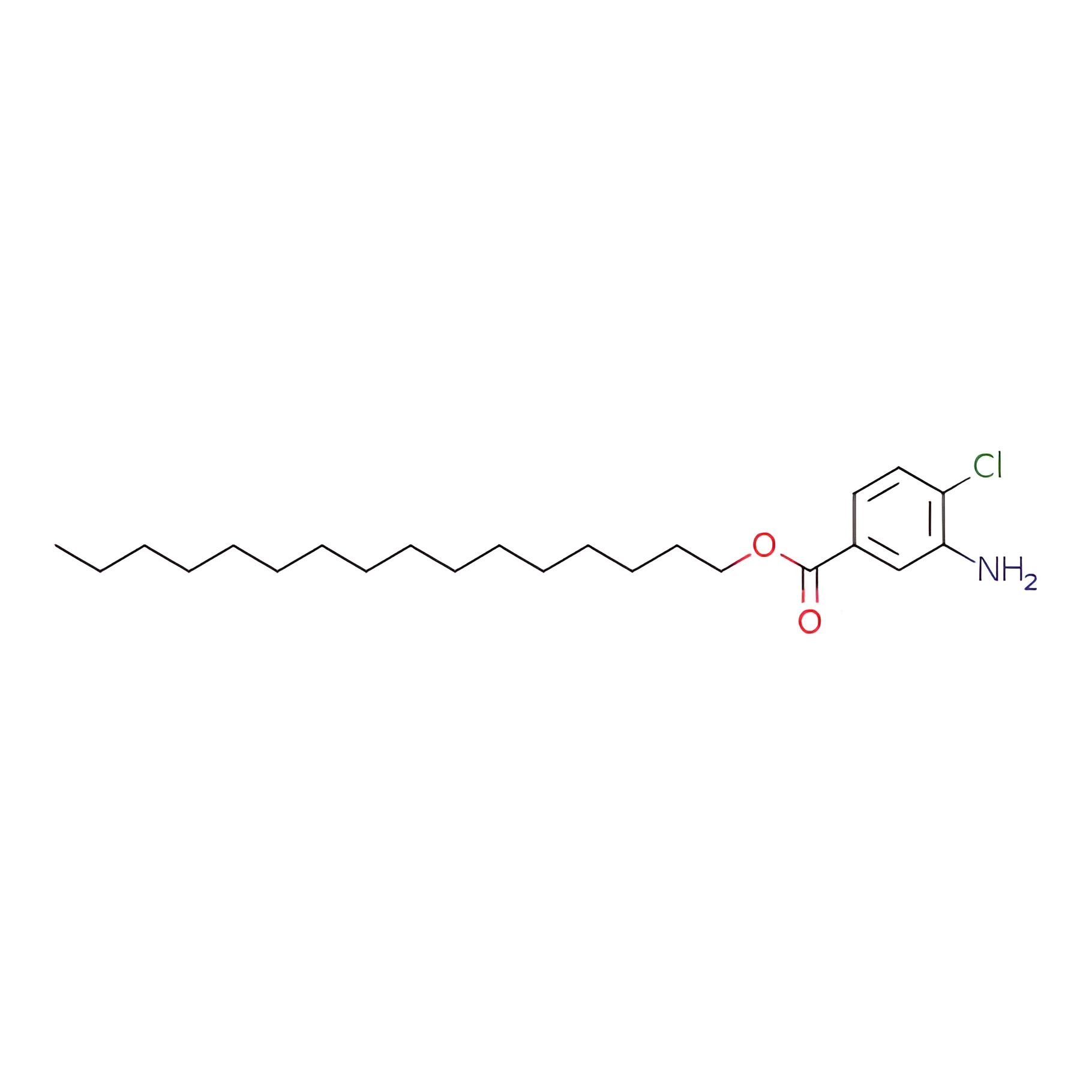
Products
1,3-Dimethyl-5-pyrazolone ; CAS No. : 2749-59-9

Chemical Property of 1,1-Dimethylurea
● Appearance/Colour:Light beige solid
● Vapor Pressure:2.73mmHg at 25°C
● Melting Point:117 °C
● Refractive Index:1.489
● Boiling Point:151.7 °C at 760 mmHg
● PKA:2.93±0.50(Predicted)
● Flash Point:45.5 °C
● PSA:32.67000
● Density:1.17 g/cm3
● LogP:-0.40210
● Storage Temp.:Refrigerator
● Solubility.:Chloroform (Slightly), DMSO (Slightly), Ethyl Acetate (Slightly, Sonicated), Met
● Water Solubility.:almost transparency
● XLogP3:-0.3
● Hydrogen Bond Donor Count:0
● Hydrogen Bond Acceptor Count:2
● Rotatable Bond Count:0
● Exact Mass:112.063662883
● Heavy Atom Count:8
● Complexity:151
Useful
● Canonical SMILES: CC1=NN(C(=O)C1)C
● Uses: 1,3-Dimethyl-5-pyrazolone, also known as Ribazone or Dimethylpyrazolone, is an organic compound with the molecular formula C6H8N2O.It is a yellow crystalline solid that is soluble in water and various organic solvents. 1,3-Dimethyl-5-pyrazolone has several applications, including:Pharmaceutical Intermediates: It is used as a building block or starting material in the synthesis of various pharmaceutical compounds.Dye Intermediates: It is used in the production of azo dyes, which are widely used in the textile industry.Analytical Chemistry: 1,3-Dimethyl-5-pyrazolone is employed as a complexing agent for the determination of metal ions, such as copper, nickel, and cobalt.Polymer Additives: It is utilized as a chain transfer agent in polymerization reactions.Agricultural Chemicals: It is used as an intermediate in the synthesis of certain herbicides and pesticides.As with any chemical compound, it is important to handle 1,3-Dimethyl-5-pyrazolone with caution, following proper safety protocols and adhering to relevant regulatory guidelines.
Detailed Introduction
1,3-Dimethyl-5-pyrazolone is a chemical compound with the molecular formula C5H8N2O. It is also known as dimethylpyrazolone or DMP. It is a white crystalline powder, easily soluble in water and organic solvents. 1,3-Dimethyl-5-pyrazolone has various applications in different industries. One of its main uses is as chelating agents and ligands in coordination chemistry.
It forms stable complexes with metal ions that are used in applications such as analytical chemistry, catalysis, and as additives in electronic devices. In the pharmaceutical industry, 1,3-dimethyl-5-pyrazolone is used as an intermediate in the synthesis of various drugs and pharmaceutical compounds. It can be used as a basic material for the production of analgesics, antipyretics and anti-inflammatory drugs.
In addition, 1,3-dimethyl-5-pyrazolone has applications in the field of photography. It can be used as a developer during black and white photography, helping to produce clear and sharp images. Appropriate safety precautions should be taken when using 1,3-dimethyl-5-pyrazolone as it can be harmful if ingested, inhaled, or in contact with the skin or eyes. Good laboratory practice and personal protective equipment should be used when handling this compound.
In summary, 1,3-dimethyl-5-pyrazolone is a multifunctional compound that can be applied in the fields of coordination chemistry, pharmaceuticals, and photography. Its chelating properties make it useful as a ligand for metal complexes and as an intermediate in the synthesis of various drugs.








